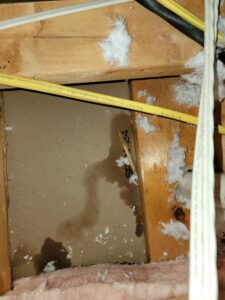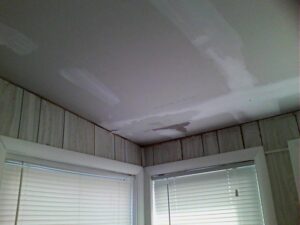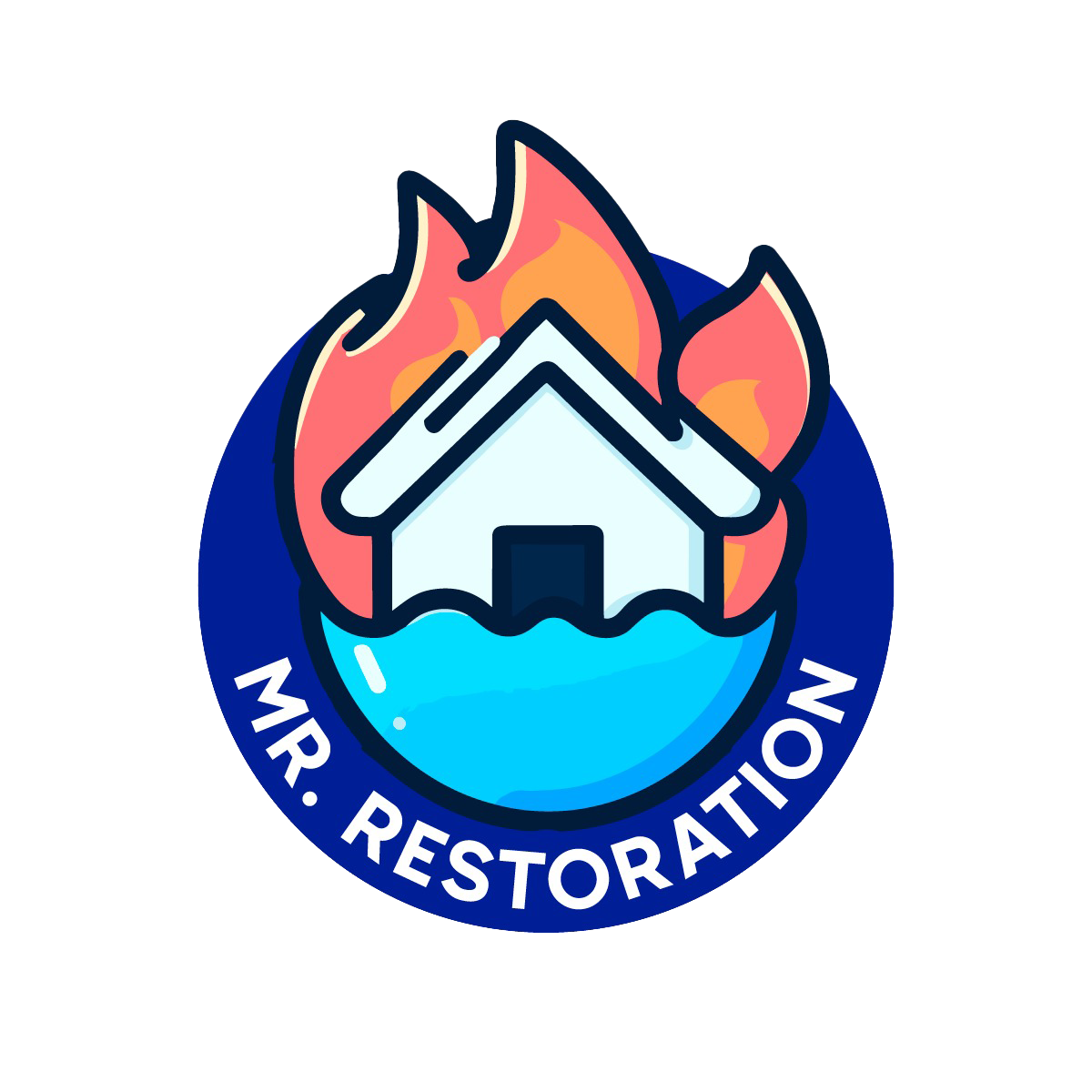Safeguarding your home
Understanding Water Damage
Water damage poses a significant threat to homes, causing structural issues, mold growth, and costly repairs. As a homeowner, taking proactive steps to prevent water damage is crucial. By adopting preventative measures and regular maintenance routines, you can safeguard your home and minimize the risk of water-related issues.
Causes of Water Damage
Plumbing Failures:
- Leaky pipes, burst pipes, and faulty plumbing fixtures can contribute to water damage.
- Regular inspections and timely repairs can help prevent plumbing-related water issues.
Weather-Related Events:
- Heavy rains, storms, and floods can result in water intrusion through roofs, windows, or foundations.
- Proper drainage systems, well-maintained roofs, and strategic landscaping can minimize the impact of weather-related water damage.
Appliance Malfunctions:
- Malfunctioning appliances, such as washing machines, dishwashers, or water heaters, can cause water leaks.
- Regular maintenance and prompt repairs are crucial to preventing water damage from appliances.


Tips to Prevent Water Damage
1. Regularly Inspect and Maintain Roof: A well-maintained roof is your first line of defense against water infiltration. Inspect your roof regularly for damaged or missing shingles, leaks, and signs of wear.
2. Clean Gutters and Downspouts: Clogged gutters can lead to water overflow, causing damage to your roof, siding, and foundation. Clean gutters regularly and ensure downspouts direct water away from your home’s foundation to prevent water pooling.
3. Seal Windows and Doors:
Check the seals around windows and doors for signs of wear or damage. Properly sealed openings prevent water from entering your home during rain or storms. Replace weather stripping and reseal as needed to maintain a watertight barrier.
4. Test Sump Pump Functionality: If your home has a basement, ensure your sump pump is in good working condition. Test it periodically to make sure it efficiently redirects water away from your home’s foundation, preventing basement flooding.
5. Monitor Water Pressure:
High water pressure can strain pipes and connections, leading to leaks and bursts. Use a pressure gauge to monitor water pressure and install a pressure regulator if necessary to maintain a safe and consistent level.
6. Insulate Pipes: During cold weather, insulate pipes to prevent freezing and potential bursts. Focus on pipes in unheated areas, such as basements, crawl spaces, and attics.
7. Check Appliances Regularly: Inspect appliances with water connections, such as washing machines, dishwashers, and refrigerators, for leaks and damaged hoses. Replace hoses that show signs of wear, and consider using reinforced hoses for added durability.
8. Install a Water Leak Detection System: These systems can be placed near water heaters, washing machines, and other vulnerable areas to provide early warnings and prevent extensive damage. These systems alert you to potential leaks of floods.
9. Landscape with Drainage in Mind: Ensure your landscaping promotes proper water drainage away from your home. Grade the soil away from the foundation, install proper drainage systems, and consider using permeable materials to prevent water from pooling around your property.
10. Conduct Regular Home Inspections: Perform routine inspections of your home’s interior, paying attention to ceilings, walls, and floors for signs of water damage, such as stains, discoloration, or warping. Address any issues promptly to prevent further damage.


